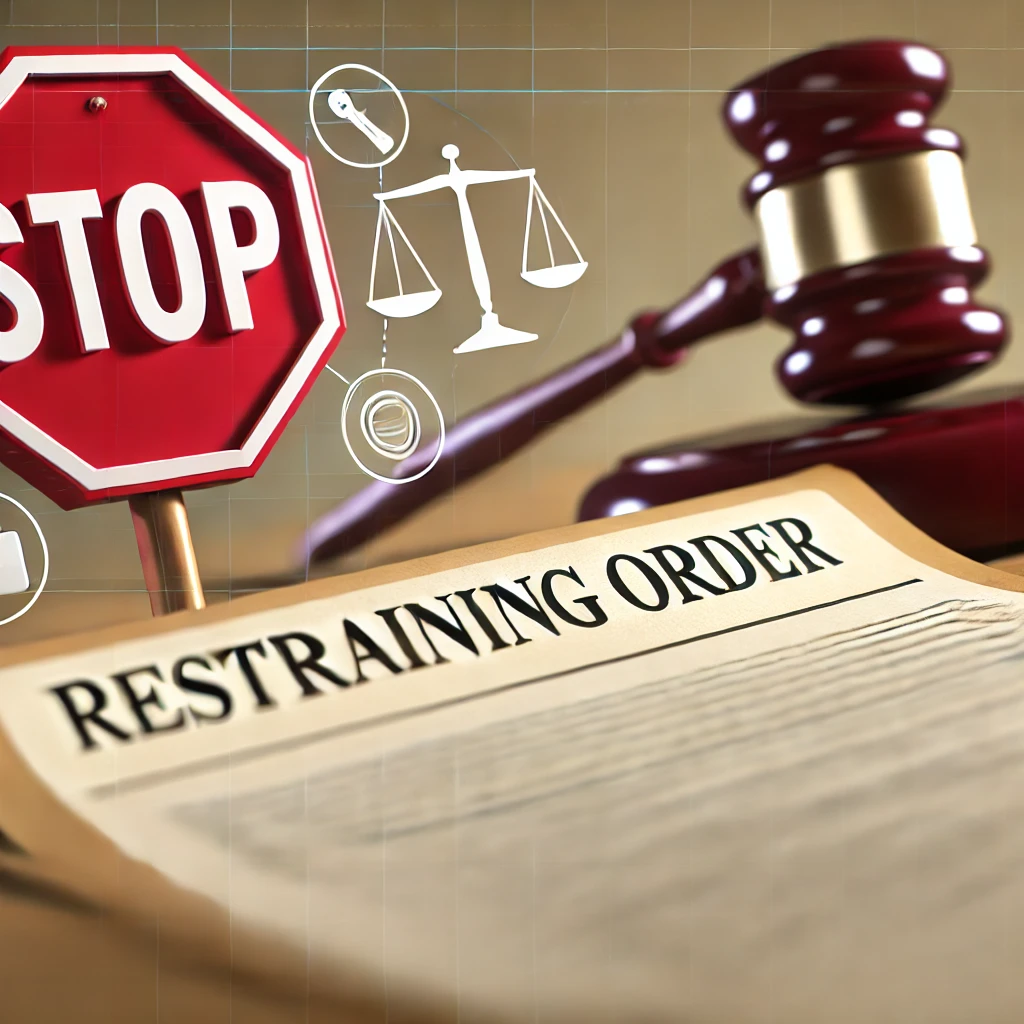Hung Le, JM, LDA, CMPSS
A restraining order is a legal order issued by a court to protect an individual from being harassed, threatened, stalked, or harmed by another person. The purpose is to restrict the offending individual’s actions and maintain the protected person’s safety.
Key Features of a Restraining Order:
- Types of Orders:
- Personal Conduct Order: Prohibits behaviors like harassment, threats, physical assault, or stalking.
- Stay-Away Order: Requires the restrained person to keep a specific distance (e.g., 100 yards) from the protected person, their home, workplace, or children’s school.
- Move-Out Order: Can require the restrained person to leave a shared residence.
- Court Actions:
- May include orders about child custody, visitation, or financial support.
- Temporary orders can be granted quickly for immediate protection, usually lasting until a court hearing.
- Application Process:
- Includes submitting detailed documentation of abuse and filing required forms
- A court hearing will determine if a longer-term restraining order is issued.
- Types of Abuse Addressed:
- Physical Abuse: Hitting, pushing, choking, or similar actions.
- Emotional Abuse: Intimidation, manipulation, or verbal attacks.
- Sexual Abuse: Unwanted sexual contact or coercion.
- Enforcement:
- Violating a restraining order can result in criminal penalties, including arrest.
For domestic violence cases, these orders are often granted to protect individuals from immediate harm and provide long-term security. They must be filed with the court, and the restrained party must be formally notified. If you’re seeking a restraining order, consulting a lawyer or legal aid service is highly recommended for guidance and support.
